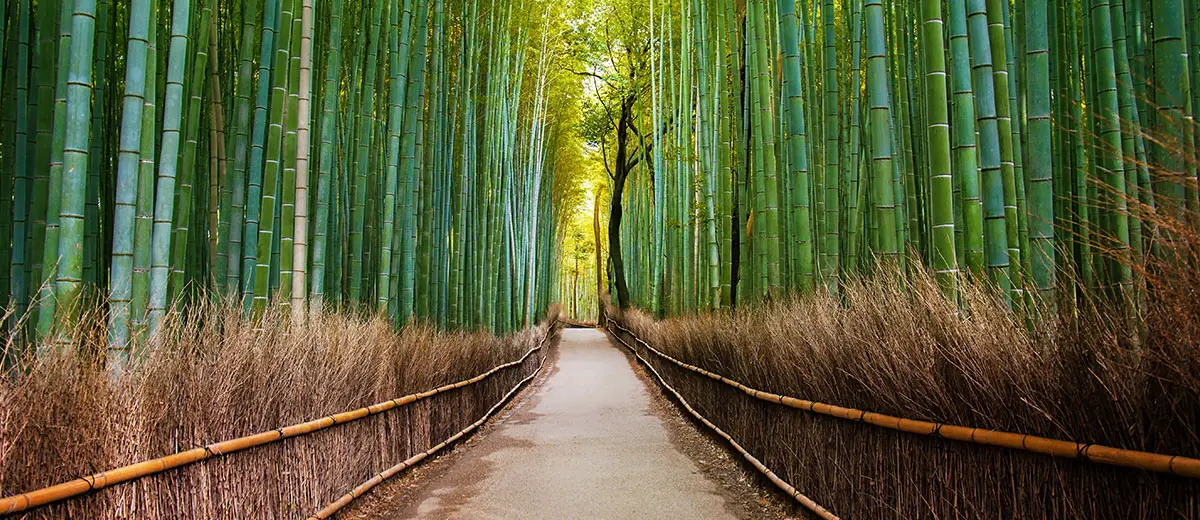Botanical Ecotourism – The World’s Spectacular Flora
If you take a look at most of the popular conservation centres and other ecotourist activities around, you’ll probably notice a trend: animals. Animal conservation centres, zoos, and protected animal habitats dominate the ecotourism scene. Plants are often only mentioned as an afterthought or as a setting for animal activity.
It’s not hard to understand why animals rule the ecotourism game. They move around, make noise, and look stunning. Still, it’s important to remember that animals only make up a small fragment of the living world, and the discerning ecotourist can find just as much joy, if not more, in discovering what the plant world has to offer. Here are a few reasons why that’s so…
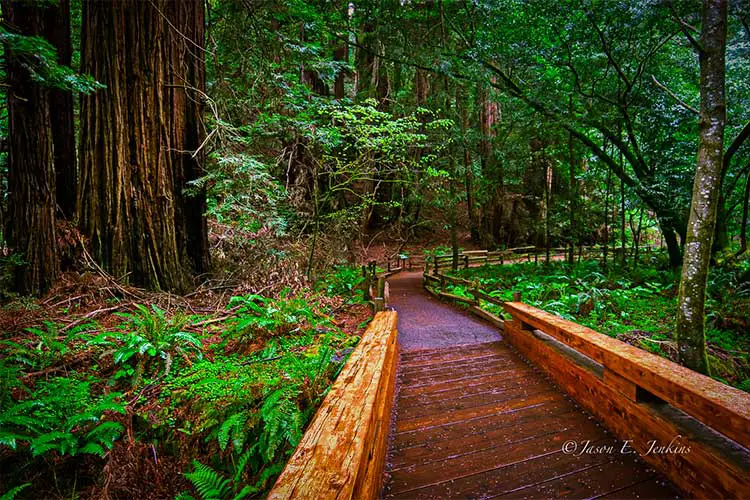
Plants Are The Basis for All Life
If you remember the basic ecological concept of food chains from grade school, you might already know that plants would be classified as primary producers. They convert energy directly from their surroundings, which makes them critical for their animal counterparts. You may also remember the concept of scale as it relates to your level on the food chain. The higher you are on the food chain, the lower your general population will be in a given area. Since plants are the foundation of the food chain, they are absolutely everywhere.
Now, unless you live in Antarctica, you already know that some form of plant life exists pretty much everywhere around the globe, but you may not have thought about how this could impact your next vacation. By utilizing an ecotourist mentality, the fact that plants are the basis for life takes on a whole new meaning. For example, you’ll start to notice how plants provide food for animals, as I have during my travels in Southeast Asia. Sometimes, this is in a grand scale, such as watching a sun bear suck out the interior of a coconut at the Borneo Sun Bear Conservation Center in Malaysia. More often, you’ll see smaller examples of this, like a caterpillar munching on a leaf in the jungle of Indonesia.
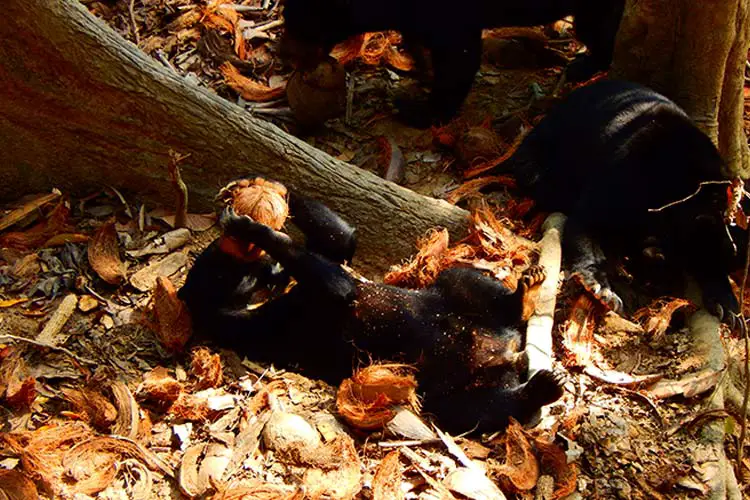
Conversely, you’ll see how the lack of plant life can doom an area. The most poignant example of this I’ve seen was at Mount Batur, an active volcano in Bali, Indonesia. Some time ago, the volcano erupted, creating massive lava fields that are unsuitable for plant growth. We took a motorbike and explored this barren landscape, which was eerily quiet. Besides the lack of plants, or rather because of, there were no birds or even insects, and certainly not mammals. If marked a stark and shocking contrast with the lush forests found on the other side of the volcano.
Plants Don’t Move
Undoubtedly the best part about seeing plants over animals is that plants barely move at all. You can walk right up to extremely rare plants, such as the rafflesia mentioned in the Indigenous Ecotourism article found earlier in this series, and spend as much time as you wish examining it.
Better yet, plants don’t change location on a day-to-day basis, so if you find an interesting plant once, you can easily find it again. When on the slopes of Mount Kinabalu National Park, my girlfriend and I fully experienced the glory of this fact as we visited the same carnivorous pitcher plant time and again.
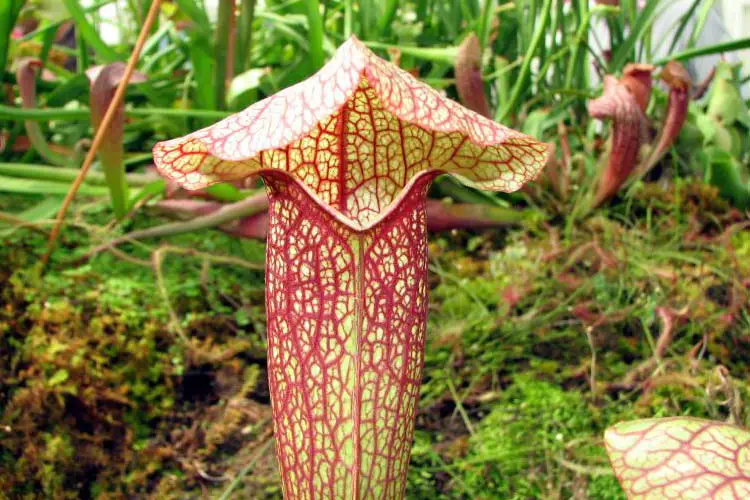
Plants Are So Very Different From Humans
Whenever you dive or snorkel in a group, it’s quite likely that you’ll hear a comment along the lines of “underwater creatures as so weird.” Most people don’t think about it, but plants are also quite odd and different. They developed an extremely successful form of life that requires almost no movement or sensory adaptations, but instead thrive on complex internal chemical reactions. They often trick animals into deploying their seeds, or come up with other ingenious methods for getting around their motion disability.
Even within the plant kingdom, there’s a huge amount of diversity. The showy lilies found at Singapore’s Garden by the Bay are quite a bit different than wildflowers found in the grasses of Tennessee. Both of these examples are quite different from the array of carnivorous plants out there, which in turn are different from the air plants found in deserts across the world. Each and every plant has had millions of years to evolve a unique set of adaptations that help it survive better in its environment than any other creature in the world, and if that’s not fascinating, I’m not sure what is.
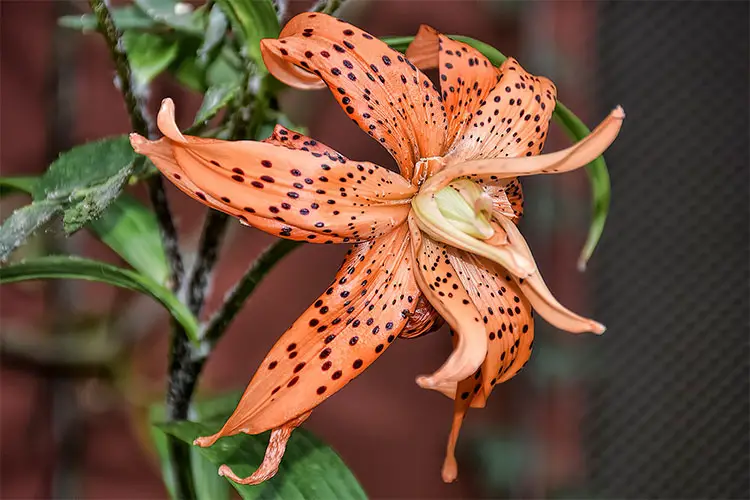
The point is, if you know what to look for, plants can be every bit as exciting of a site to an ecotourist as animals, and in some cases they may even steal the show. Next time you take a trek through the forest or participate in any other ecotourist activity, keep your mind and eyes open to wonderful world of plants.
